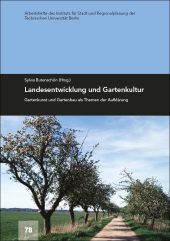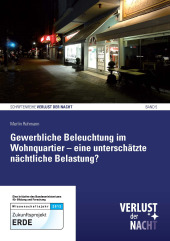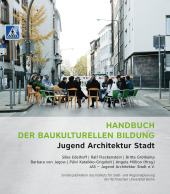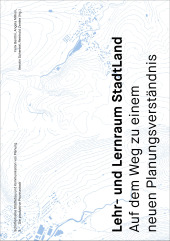Public Space in Outer Warsaw
Ideas for the large housing estate Ursynów - Urban Design Workshop 2011
Editor: Florian Hutterer, Ursula Flecken

Publishing year: 2013
For now 20 years the Department of Urban and Regional Planning at TU Berlin cooperates with the Faculty of Architecture at Politechnika Warsaw, funded by the German Academic Exchange Service DAAD. The cooperation intends to create a profound scientific exchange of academics and students in the fields of urban development, urban design and architecture. Above all, the cooperation makes a contribution to a mutual understanding between Germany and Poland. The joint urban design workshop, organized in the summer semester, is the annual highlight of the cooperation. The workshop takes place during two weeks – one week in Berlin and one week in Warsaw – and deals with questions of urban development in the two cities. Up to 24 students, half Polish, half German, are developing urban design concepts in mixed teams during that time. In 2011, the participants were facing the topic of the linear public space in the periphery of Warsaw, which is characterized by prefabricated housing and large scaled infrastructures. The exchange made it possible to develop ideas for a city which is still developing under the circumstances of social and economic transformation. The workshop took place from 22nd to 27th of May and from 5th to 10th of June and was supervised by Prof. Dr. Ursula Flecken, Florian Hutterer (Berlin), Prof. S?awomir Gzell and Katarzyna Pluta (Warsaw). Generally, the workshop welcomes students of the Masters in Urban Planning and in Urban Design, which are interested in the international exchange, the differences in the fields of urban development and planning and in a lively cooperation between the universities. This publication wants to illustrate the results of the workshop. They have in common, that they are not focused on large urbanistic interventions but on the qualities of the urban open space, on activation processes of the inhabitants and the socio-economic conditions of the housing estate. Sometimes, the concepts play even with emotional and poetic elements of representation. With this special focus and approach, the concepts are contributing to the debate about how to qualify and transform large scale housing estates in the future.



